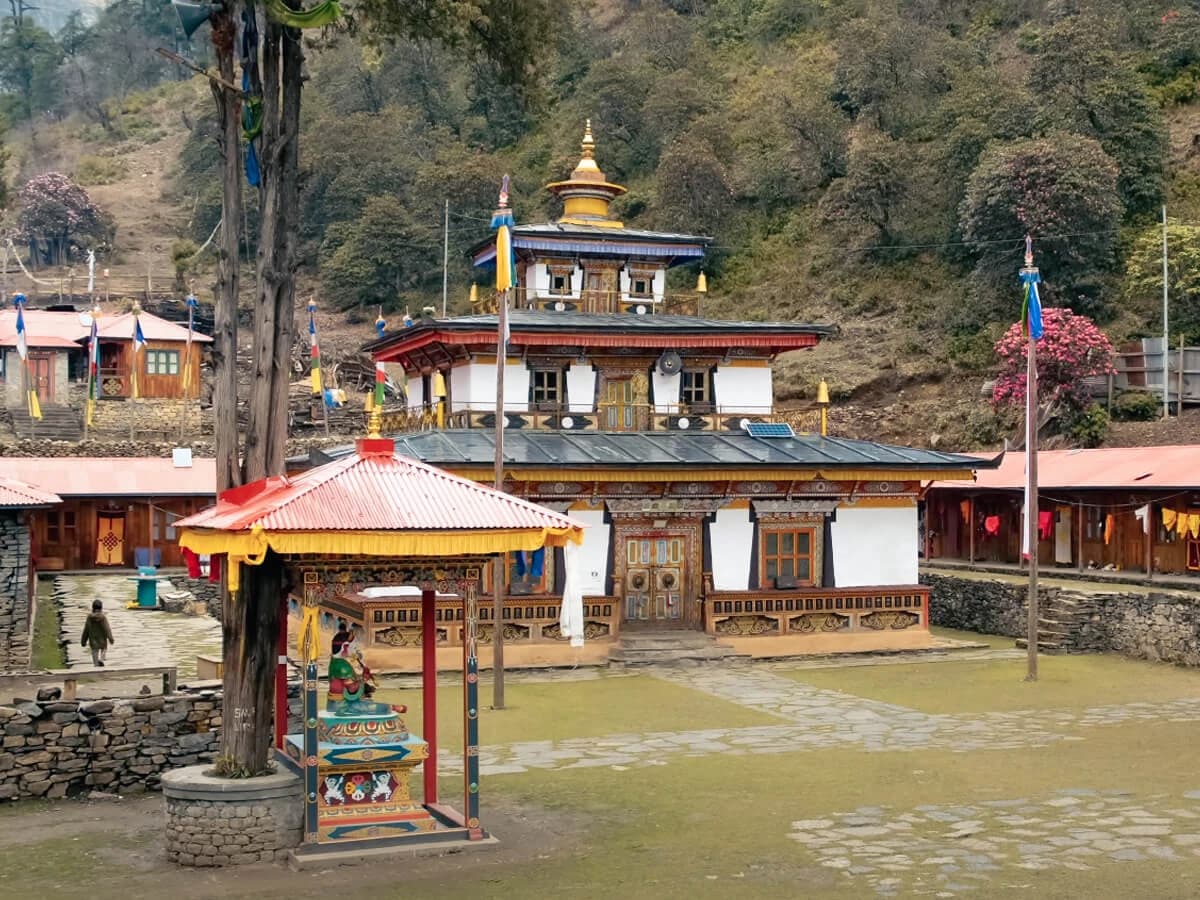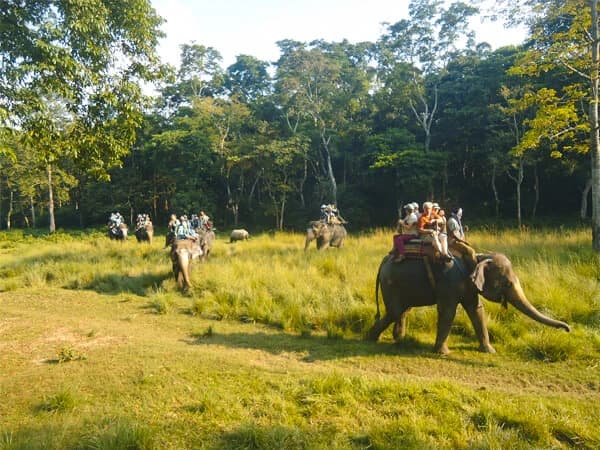Trek Overview
The Tsum Valley trek takes one deep into an extremely sacral and remote part of Nepal, right up north in the Gorkha District. The valley is also known variously as "The Land of Tsumbas," a valley offering beautiful views, rich culture, and some serene moments. Unlike most of Nepal's trekking areas, this trail leading to Tsum Valley has been the least fussed over and retains age-old Buddhist precepts.
Tsum Valley offers that very rare look at the Himalayas in silence if you wish to do so. You will pass through some really beautiful villages lined by stone houses and monasteries against the hard background of mountains. As you walk, the towering peaks of Ganesh Himal (7,422 m) and Sringi Himal (7,187 m) wrap around, and you know you're onto something very special. Along with the old monasteries to visit, you will be peering in at caves and meeting the friendly Tsumbas people.
This is a trek that forms a part of the bigger Manaslu and Tsum Valley Trek; however, it is appealing independently. Reaching to a height of 3,700 meters at Mu Gompa, maximum, the difficulties are moderate. Thus, it can be done both by experienced trekkers and beginners who prepare a bit. It has a very gradual rise that allows for proper acclimatization, though different landscapes also contribute to variety: from subtropical forests, via alpine meadows, to a sublimely scenic trekking area. This is a lifetime memory, both novice and experienced, into the most spiritual part of Nepal.
Major Highlights of Tsum Valley Trek
- Equally understand the rich culture of the Tsum Valley and the land of Tsumbas.
- Walk through the unchanged, ancient Buddhist monasteries of Mu Gompa and Rachen Gompa.
- Enjoy all the pancromatic views of Ganesh Himal and Sringi Himal alongside the trail.
- Visiting the most remote villages and contacting an open-hearted and hospitable people.
- Walk over different types of topography: a subtropical forest to alpine meadow.
- Cross numerous suspension bridges across the Budhi Gandaki River.
- Visit special meditation caves, including those used by the Buddhist saint Milarepa.
- Feel the special spiritual atmosphere that surrounds the whole zone of Tsum Valley.
- Stay in traditional tea houses to taste local friendliness and plain food.
- Medium hike and moderate rise in height; it is therefore more for amateur beginners.
Trek Difficulty: Is the Tsum Valley Trek for You?
The Tsum Valley Trek is moderately difficult. Unlike tougher treks like Annapurna Circuit or Everest Base Camp, the Tsum Valley route offers a slower pace. The trail includes steep climbs, forest paths, and suspension bridges over the Budhi Gandaki River. While some parts are tough, the gradual altitude gain gives you time to adjust, lowering the risk of altitude sickness.
Beginners can also enjoy this trek with the right guidance and preparation. Most days, you’ll walk for about 5-6 hours, which is manageable if you’re in good health. You don’t need special mountaineering skills, just a good fitness level. A solid pair of trekking boots and a positive attitude will help you handle the trail with ease.
If you’re new to trekking but eager to see the Himalayas, Tsum Valley is a great choice. With local guides and well-planned routes, it offers a balance of adventure and culture. Checking a Tsum Valley trek blog or map before starting will help you know what to expect and be fully prepared.
Best Time to Visit: When Should You Trek?
The best time to do the Tsum Valley Trek is during spring and autumn. These months fall from March to May and from September to November, respectively. This usually gives you good weather and a pretty good view of mountains like the Ganesh Himal with a green valley down beneath it. The daytime temperatures were nice and ranged from 10 to 20 degrees Celsius while the nighttime temperature at higher elevations normally feels cold.
In spring, it's very colorful because of the rhododendrons in bloom, adding extra beauty to the hike. Autumn skies are clear, which is excellent for picture taking and mountain views. Monsoon time should be avoided: September, October, May, June, July, and August. Heavy rain might make the pathways slippery. Winter will be chosen by people desiring peace, but they must be prepared for very cold temperatures with possible snowfall at high places.
Tsum Valley Trekking is enjoyable during some of the finest seasons of the year, which helps to continue the journey with pleasant weather and see special beauty in the valley.
Accommodation Options: What to Expect
Accommodation along the Tsum Valley Trek is mainly in traditional teahouses. These guesthouses are simple but provide basic needs, like meals, a bed, and a shared bathroom. Since the Tsum Valley is remote, don’t expect luxury. However, the warmth and kindness of the locals more than make up for the simplicity. Most teahouses serve local meals like dal bhat, which gives you energy for the trek.
At higher altitudes, the amenities are more basic. Mu Gompa, for example, has limited facilities. But staying near an ancient monastery at 3,700 meters is a special experience. Prices for food and accommodation rise as you go higher, reflecting the challenge of bringing supplies to these remote areas.
It’s a good idea to look at a Tsum Valley trek map. You might also want to check a Manaslu Tsum Valley trek map if you combine both routes. This will help you see where the teahouses are and how far apart they are.






